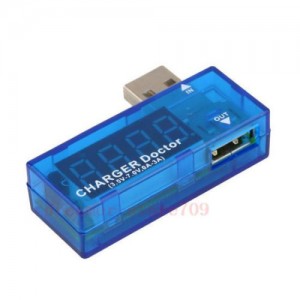Low power (5microA) ATtiny13A
I have read several posts to reduce the power consumption of micro-controllers and learned that the althought you can minimize the power consuption of arduino, usually you have other sensors/chips that cosume more power then customized low power arduino.
The idea now is to use ATtyni13A – Atmel picoPower 8-bit AVR RISC-based microcontroller as a timer switch for the all other circuits especially for projects, when you want your circuit run once an hour or less for only some seconds (data loggers,..). In this case the ATtyni13A is up and running 24/7 and everything else is without the power, so the consumption of the rest of the circuit is 0A. ATtyni13A consumption is only 0.005mA (5µA) in a sleep mode.

